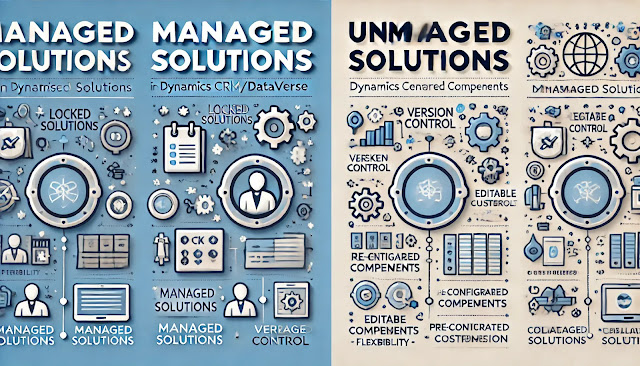Microsoft Dynamics 365 Customer Experience Analyst : Configure automatic creation rules for leads
In Dynamics 365 Sales, automatic creation rules for leads help organizations streamline the lead generation process by automatically creating lead records from incoming activities or data sources such as emails, web forms, or other connected channels. Instead of relying on manual entry, the system evaluates incoming information against defined conditions, such as sender details, subject lines, or keywords, and then determines whether a new lead should be created or an existing record should be updated. This ensures sales teams capture every potential opportunity quickly, maintain cleaner data, and reduce the risk of missing out on valuable prospects. By configuring these rules, businesses can improve efficiency, enable better tracking of customer interactions, and allow salespeople to focus more on nurturing leads rather than on administrative tasks.
Automatic Creation Rules for Leads in Dynamics 365 Sales
Automatic creation rules in Dynamics 365 Sales are a powerful feature that allows organizations to streamline the process of capturing and managing leads from different sources. Instead of manually entering every inquiry or prospect, the system can automatically create or update lead records based on predefined rules.
Purpose
The goal of automatic creation rules is to:
- Reduce manual data entry for sales teams.
- Ensure no potential lead is overlooked.
- Standardize lead intake from multiple channels.
- Improve data quality and consistency.
How It Works
1. Identify Incoming Records
Automatic creation rules listen to incoming activities and interactions such as:
- Emails (e.g., an email sent to [sales@company.com]).
- Phone Calls (via integration with telephony systems).
- Web Forms (e.g., submissions from marketing pages).
- Social Channels or Connected Apps (depending on integrations).
2. Define the Rules
You configure rules to decide when and how leads should be created. Examples:
- If the email subject line contains “Request Quote,” create a lead.
- If the sender’s email matches an existing contact, update the related record instead of creating a duplicate.
- If a customer submits a form with specific interest, create a lead and assign it to the correct territory.
3. Record Matching and Deduplication
The rules can check whether a lead or contact already exists in the system. If a match is found (e.g., based on email address), the system can:
- Update the existing record.
- Link the new activity to the existing lead.
- Avoid creating duplicate records.
4. Automatic Assignment
Leads created through the rules can be automatically assigned to:
- A specific user (e.g., sales rep).
- A queue (e.g., sales support).
- Based on territory, product, or region.
Configuration Steps (High-Level)
- Go to Settings → Service Management → Automatic Record Creation Rules.
- Create a new rule and specify the source type (e.g., email, activity, social).
- Define conditions and mapping rules (e.g., map “First Name” from form to the lead’s First Name field).
- Enable record creation and configure duplicate detection.
- Activate the rule.
Benefits
- Efficiency: Saves time for sales users.
- Consistency: Ensures standardized lead capture across all channels.
- Data Quality: Reduces duplicate or incomplete records.
- Better Tracking: Every customer interaction is tied to a lead, making follow-ups easier.
Example Scenario
Imagine a company that hosts webinars. When someone fills out the registration form, the system automatically:
- Creates a new lead in Dynamics 365 Sales.
- Maps details like Name, Email, and Company to the lead record.
- Assigns the lead to the territory sales manager based on the registrant’s region.
- Links the activity (form submission) to the lead timeline.
This ensures sales teams immediately get visibility into new prospects without manually uploading lists.
In short, automatic creation rules for leads in Dynamics 365 Sales are designed to capture prospects from multiple sources automatically, improve data quality, and allow salespeople to focus on selling rather than admin work.













Comments
Post a Comment